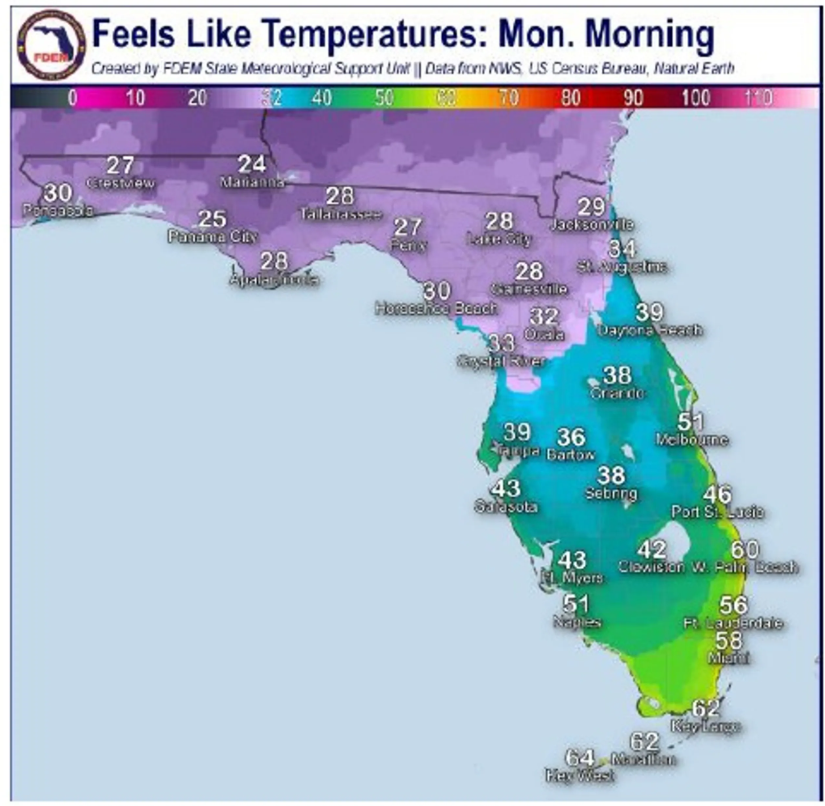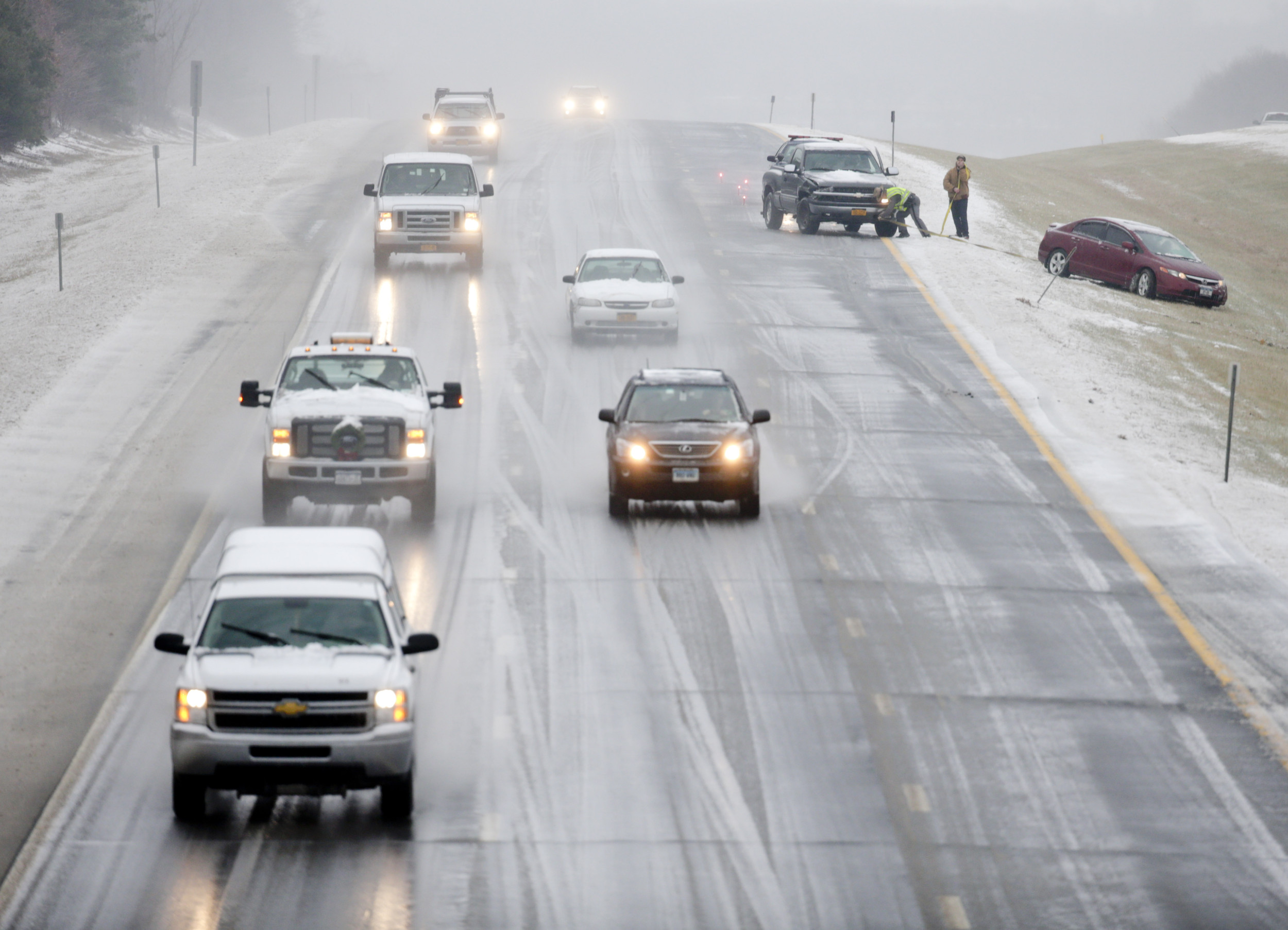India's solar observation mission has returned its very first "significant result" while watching a coronal mass ejection (CME) explode from the sun.
The spacecraft, Aditya-L1, was launched by the Indian Space Research Organisation (ISRO) in September last year, and has been stationed about 932,000 miles from Earth, since January.
Now, using its Visible Emission Line Coronagraph (VELC) instrument, the craft has captured precise data that scientists can use to determine exactly when a 16 July CME started.
The CME initially emerged headed towards our planet, but ended up going in a different direction and did not hit Earth.

"Within half an hour of its journey, it got deflected and went in a different direction, going behind the sun. As it was too far away, it did not impact Earth's weather," R Ramesh, a professor at the Indian Institute of Astrophysics and VELC's Principal Investigator, told the BBC.
"With VELC, we can precisely estimate the time a coronal mass ejection begins and in which direction it's headed."
CMEs are massive clouds of solar plasma and magnetic field that are spat out of the sun from regions of intense magnetic activity, such as sunspots.
Colliding with Earth's magnetic field, they have the ability to spark a geomagnetic storm, generating aurora, but also coming with the possibly of damage to power grids and satellites.
"It is generally difficult to predict the impact of a Coronal Mass Ejection (CME) in terms of aurora activity. Sometimes the direct impact does not immediately lead to great aurora displays but something might happen a day later when the "tail" of the CME arrives," Jessica Fridrich, a professor of electrical engineering at Binghamton University in New York, told Newsweek.
A G1 (Minor) watch has been issued for 28 Nov and a G2 (Moderate) watch was issued for 29 Nov due to the arrival of a CME associated with a filament eruption that took off the Sun late on 25 Nov. pic.twitter.com/pg1yihQdQy
— NOAA Space Weather Prediction Center (@NWSSWPC) November 26, 2024By observing exactly when a CME emerges from the sun, Aditya-L1 could help us protect power grids and communication satellites before it hits.
What is the Aditya-L1 mission?
Aditya-L1 is India's first solar observation mission, and was launched on September 2, 2023, onboard a PSLV-C57 rocket. The spacecraft is positioned at the Lagrange point 1 (L1), which is one of the five Lagrange points in the sun-Earth system.
These are stable regions in space where the gravitational forces of two large celestial bodies (in this case, the sun and Earth) and the centrifugal force of an orbiting object are balanced.
Objects at the L1 point remain in a fixed position relative to the Earth and sun, making it an ideal location for spacecraft to continuously observe the sun without the interference of Earth's shadow.
What are the objectives of Aditya-L1?
This mission is hoped to help us observe and understand the dynamics of the sun's photosphere, chromosphere, and corona, as well as analyze the solar wind, its origin, and its impact on Earth's magnetosphere.
It will also enhance predictions of space weather events and their potential impact on satellites and communication systems.
"Today our lives fully depend on communication satellites and CMEs can trip the internet, phone lines and radio communication," Ramesh said. "That can lead to absolute chaos."
An extremely powerful coronal mass ejection or solar flare could cause untold damage to our infrastructure.
"It is believed that the most significant solar storm event happened in 1859 and is generally referred to as 'The Carrington Event.' Back then we didn't have critical digital infrastructure, similar to what we have today," Rami Qahwaji, a visual computing professor and space weather researcher at the University of Bradford in the U.K., previously told Newsweek.
"But an event similar to the Carrington Event happening today could result in between $0.6 and $2.6 trillion in damages to the U.S. alone."
Do you have a tip on a science story that Newsweek should be covering? Do you have a question about geomagnetic storms? Let us know via science@newsweek.com.











.png)







 English (US) ·
English (US) ·